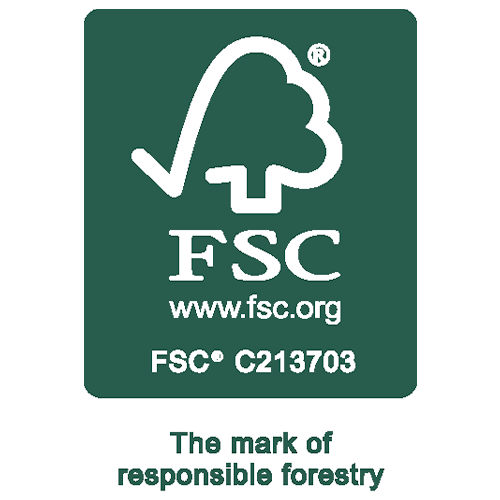Gutchess Lumber Co., Inc.’s “Words from Woods” series consists of a monthly article written by our fifth-generation President and Chairman Matthew Gutchess.
Our January-February 2018 harvest was a fascinating experience for me from my dual landowning and sawmill managing perspectives. I hoped that my woodlot and the company would benefit more or less equally from this event. Conflict of interest, right?
Not really. The optimal cutting strategy from the one perspective more or less equaled the optimal value strategy from the other.
My woodlot is certainly small enough for a one-man logging crew to manage, and with John Mueller’s guidance both the fall herbicide work and subsequent winter harvest went very well. The harvest itself proceeded generally from bottom of the hill to the top, working its way out towards the egress from the property over the course of about three weeks. The harvester did a great job in my woods, minimizing any detrimental impact to the landscape.
As I’ve written before, the harvester left all treetops–branches and leaves–in the woods to provide a variety of important environmental and economic benefits, even though some would consider these “unsightly” in the immediate aftermath. Already and less than four years later, these tops aren’t nearly as visible as they were in early 2018 due to the vigorous growth across the forest floor and within another four, I expect all but the largest stems and branches will be difficult for a casual observer to find.
After my sawlogs—primarily sugar/hard maple and ash—were trucked to the sawmill, the harvester smoothed out the access roads (or “skid trails”) in a very presentable and easily navigable fashion. Walking these trails in the spring was both easy and educational, as I took in the dramatic transformation of the woods.
As John had anticipated the previous fall, a few of my sugar maple stumps showed signs of over-maturity; trees had rotted out from within their heartwood centers during recent decades of harvesting inactivity, losing some of their valuable snow-white sapwood closer to the outside of the tree. But 90% or more of the massive stems ranged in quality from reasonably good to excellent, with corresponding value to the mill or to veneer log buyers. Most of my ash trees were smaller than my maple, but most made good white and straight-grained lumber (much exported to China once kiln-dried a month or two following, just prior to the unfortunate trade war).
Other trees cut of all species were primarily culls left in the woods, designed to open space in the canopy for their healthier neighbors and also to create opportunity for regeneration on the forest floor. We used herbicide on some beech and cut others in areas with potential benefit, but left most standing due to lack of potential for other species in those areas. My beech and black locust stands seemed to require other management strategies in combination with cutting, and we weren’t overly aggressive with either. In 2018 the more pressing need was simply to open the canopy and stimulate stronger forest growth.
Regeneration in the first year varied with the section of the woodlot. By June, acres of two-leafed green maple seedlings perhaps numbering in the hundreds of thousands—I couldn’t possibly guess—quickly blanketed most regions in which invasives hadn’t gained a stranglehold. Ash seedlings also sprang up, fewer in number but faster-growing. Some beech and black locust, too, regenerated primarily from root suckers. Brambles of various types grew four feet or more that first year, generally (like the maple and ash) where invasives had been less prevalent. Invasives themselves had lost considerable ground to the herbicide, and I spent most of my summer weekend mornings pulling or chopping the tenacious survivors in an effort to help the regenerating natives along and win the battle once and for all.
Matt

